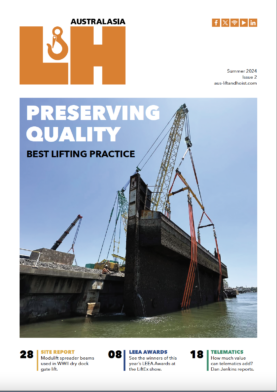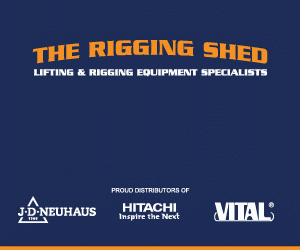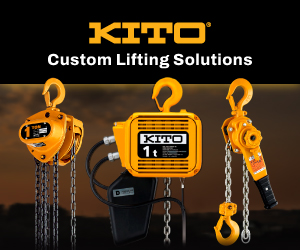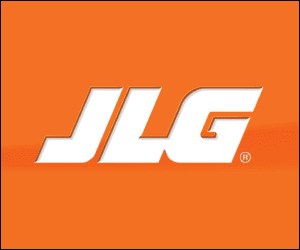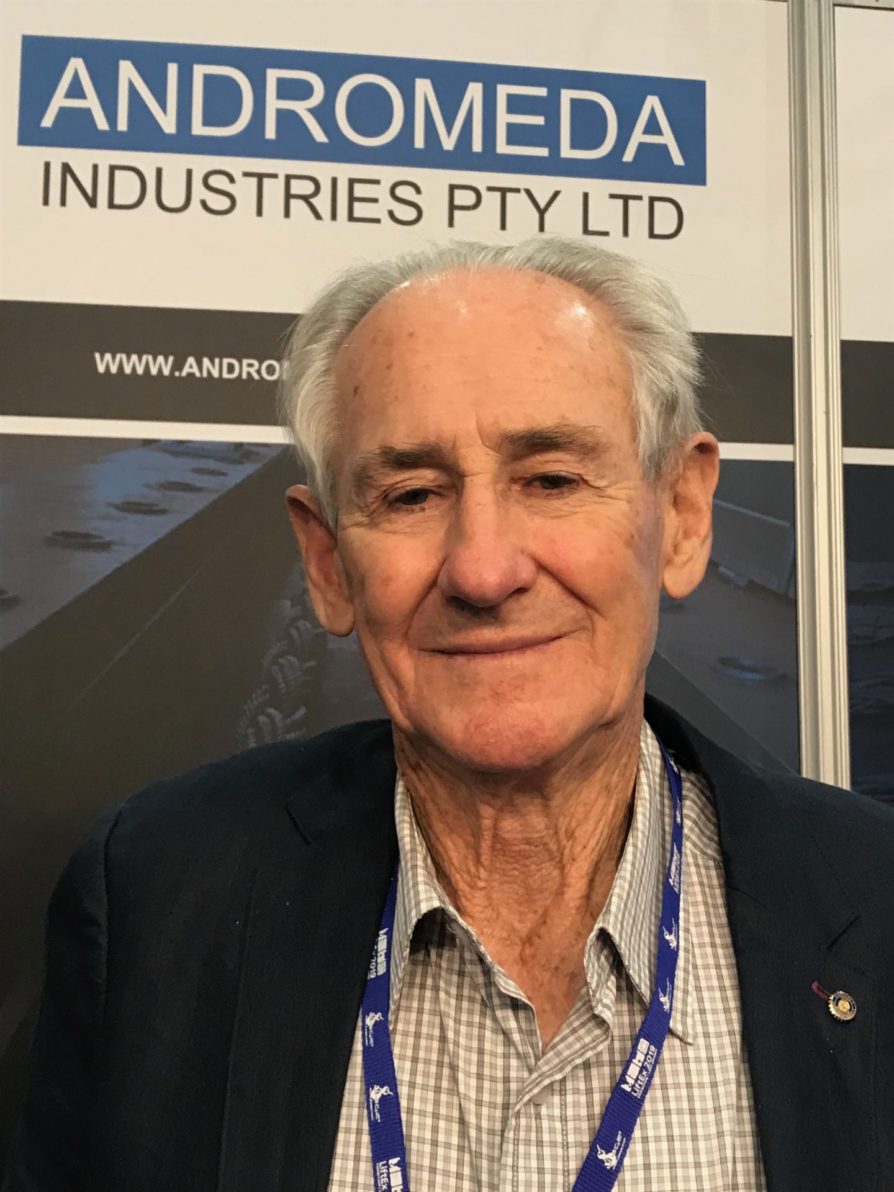)
Passion for improvement
Raymond McLaren’s innate drive to improve the way things work has led him to develop an innovative range of ropes and slings that are exported around the world.
When we met Raymond McLaren, the founder and owner of Amdromeda Industries, he was excited about an upcoming visit to the ITER (International Thermonuclear Experimental Reactor). ITER is an international nuclear fusion research and engineering megaproject, which will be the world’s largest magnetic confinement plasma physics experiment. It is an experimental tokamak nuclear fusion reactor built next to the Cadarache facility in Saint-Paul-lès-Durance, in Provence in southern France.
“I learned about thermodynamics as a young man and it sparked my interest in power,” Raymond says. “I am very interested in energy – wind and solar energy is too diffuse – we really need concentration and I am fascinated by nuclear fusion.”
Raymond initially studied at Newcastle Technical University College gaining a Mechanical Engineering Certficate, Thermodynamics.
Nuclear fusion may have no direct correlation with Raymond’s business – Andromeda manufactures plaited and woven Superflex steel cables and slings and the flat woven steel slings used in a wide range of lifting applications in many industries – but it does serve to illustrate the passion of an engineer who looks at the world and seeks to find a better solution.
Raymond is an expert in wire rope manufacture and termination with fifty year’s experience. He started with hand splicing steel slings in the 1960s which was born out of an interest in knotting, “At first it was a sort of hobby,” he says, “but it soon developed into a business.”
“I realised that what was needed was a better steel cable with more flexibility. I wanted to develop a machine to create them.”
Raymond has pioneered, developed and commercialised a significant number of new products in this field, which are sold around the world one product is Superflex – plaited steel wire cable that offers major advantages for the end-user over conventional wire rope and, which is used in many of the company’s rigging products.
“I designed the machines to plait composite cables from small wire ropes – the secret is the machinery which does the plaiting.”
The machines are all of Raymond’s own design and the company makes many of the machine components itself.
The Superflex cables are used to manufacture Superflex slings. “To satisfy market demand we have designed, built and commissioned a braider capable of producing 96mm diameter cable with a minimum breaking load of 4340kN (443t),” says Raymond. “These larger cables are used in the manufacture of the new extra large (XL) sling range.”
Superflex cable is significantly more flexible than traditional helically wound wire rope. This allows it to be used on pulleys and sheaves of relatively small diameters. The other advantage is when the cable is made into large slings they can be coiled and transported on pallets.
Raymond says, “This would not be possible with wire rope as it is too stiff and is, therefore, a game-changer when it comes to global procurement – allowing large slings and or cable to be efficiently transported overseas.”
Cradle lifting square or box shaped loads using wire rope or chain slings can lead to a loss of tensile strength as well as marking of the load due to the point loading. Andromeda’s flat woven steel slings are often used for this purpose as they spread the contact load area.
In research on the woven slings’ strength around a sharp corner edge, the sling was loaded to its working load limit (WLL) around oxy cut edges. At the WLL there was no reduction of tensile strength – there was also no residual stress evident in the wires after this loading.
All Andromeda products are tested to Australia Standards before being dispatched to customers and the in-house testing facility now ranges from1 to 300t with the installation of a new 300t test bed in 2019.
The flexibility of the ropes and slings also makes them more easy to use underwater, in subsea applications.
Raymond knows there challenges in the market with a number of industries moving over to fibre slings, “We have considered the fibre business but have decided to stay with the steel,” says Raymond.“We are also finding that some slinging operations are being replaced by forklifts.”
“It’s not a huge business but highly specialist,” he says. “We have a lot of customers in mining, which very important – also in the general crane industry and some marine and subsea customers.” “I am optimistic about the future, both with the business and in finding a solution to our energy requirements in the face of climate change. A lot of young people appear disillusioned feel defeated but we have to tackle it – we will tackle it.”
Despite challenges to the business Raymond says, “There will always be a market for larger sized steel slings, particularly for high tension applications, in salt water and for heavy lifting. That is why I developed machinery, which can plait using even larger diameter ropes.”
“I still get a buzz from creating new products and solving customers’ problems,” he concludes.



